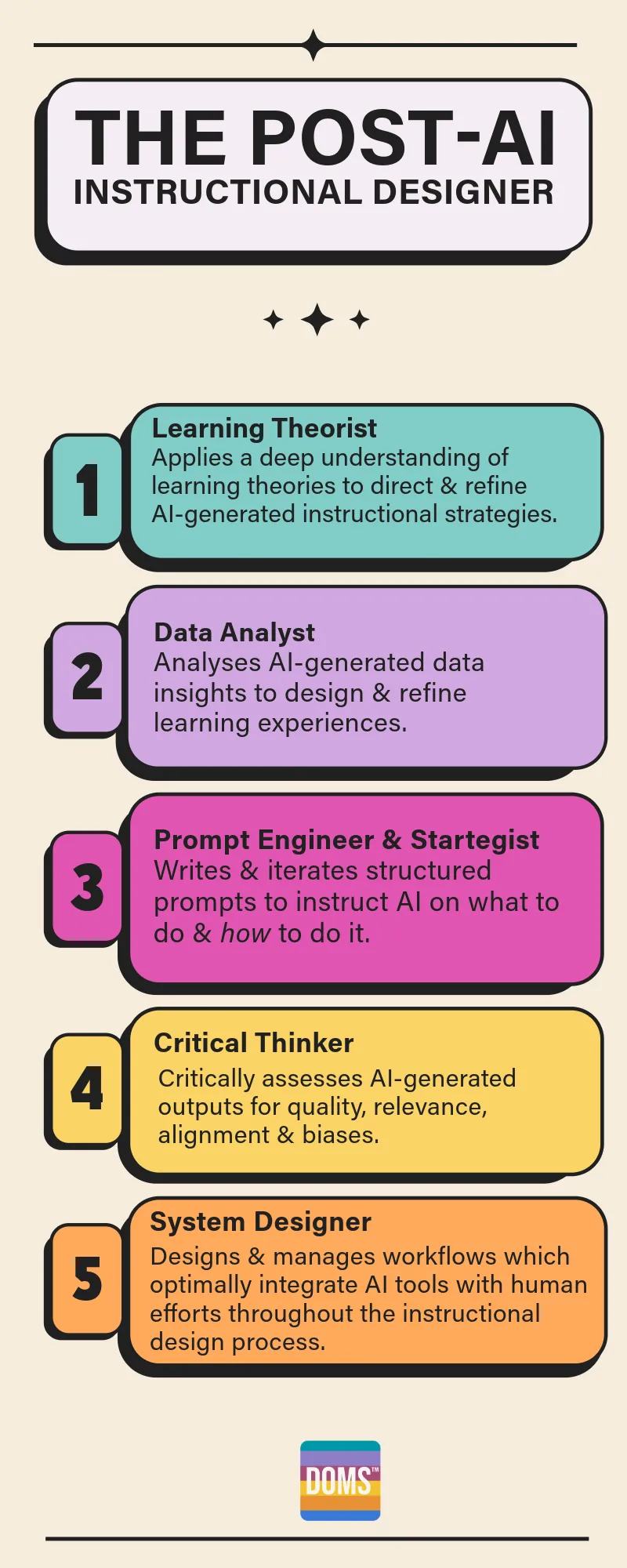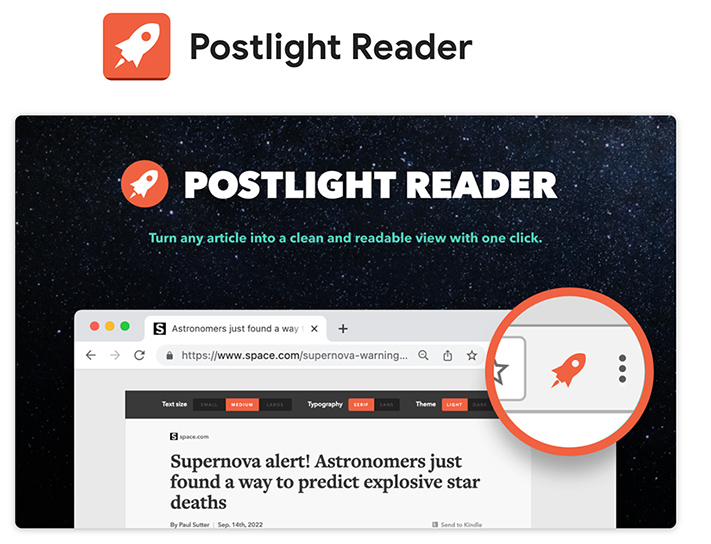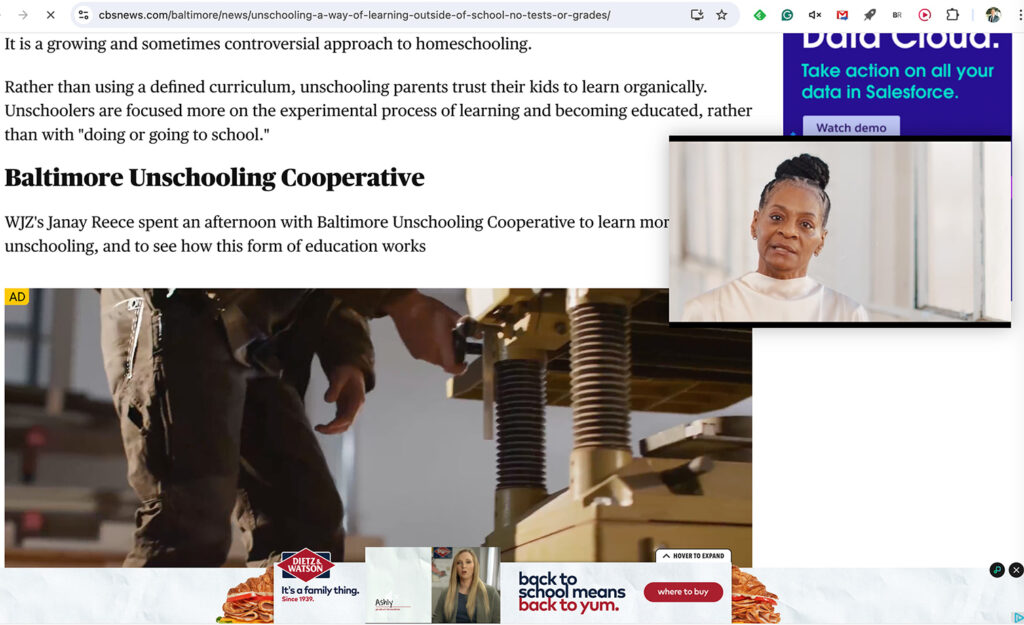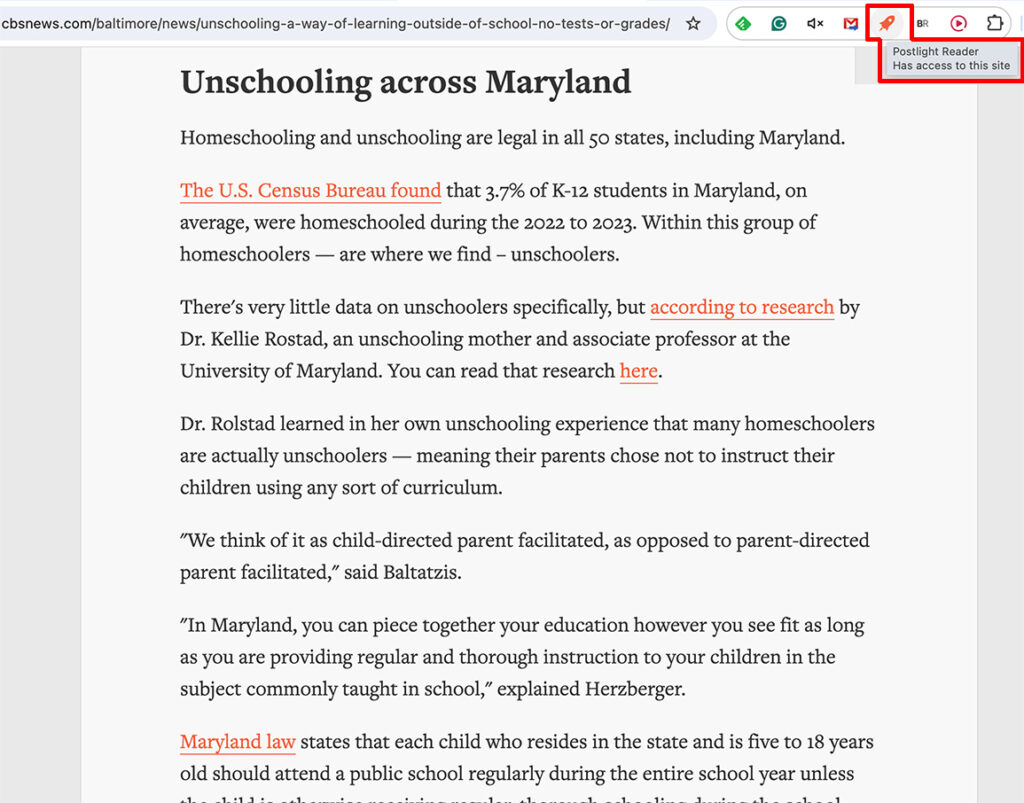What Students Want: Key Results from DEC Global AI Student Survey 2024 — from digitaleducationcouncil.com by Digital Education Council
- 86% of students globally are regularly using AI in their studies, with 54% of them using AI on a weekly basis, the recent Digital Education Council Global AI Student Survey found.
- ChatGPT was found to be the most widely used AI tool, with 66% of students using it, and over 2 in 3 students reported using AI for information searching.
- Despite their high rates of AI usage, 1 in 2 students do not feel AI ready. 58% reported that they do not feel that they had sufficient AI knowledge and skills, and 48% do not feel adequately prepared for an AI-enabled workplace.
Chatting with WEF about ChatGPT in the classroom — from futureofbeinghuman.com by Andrew Maynard
A short video on generative AI in education from the World Economic Forum
The Post-AI Instructional Designer — from drphilippahardman.substack.com by Dr. Philippa Hardman
How the ID role is changing, and what this means for your key skills, roles & responsibilities
Specifically, the study revealed that teachers who reported most productivity gains were those who used AI not just for creating outputs (like quizzes or worksheets) but also for seeking input on their ideas, decisions and strategies.
Those who engaged with AI as a thought partner throughout their workflow, using it to generate ideas, define problems, refine approaches, develop strategies and gain confidence in their decisions gained significantly more from their collaboration with AI than those who only delegated functional tasks to AI.
Leveraging Generative AI for Inclusive Excellence in Higher Education — from er.educause.edu by Lorna Gonzalez, Kristi O’Neil-Gonzalez, Megan Eberhardt-Alstot, Michael McGarry and Georgia Van Tyne
Drawing from three lenses of inclusion, this article considers how to leverage generative AI as part of a constellation of mission-centered inclusive practices in higher education.
The hype and hesitation about generative artificial intelligence (AI) diffusion have led some colleges and universities to take a wait-and-see approach.Footnote1 However, AI integration does not need to be an either/or proposition where its use is either embraced or restricted or its adoption aimed at replacing or outright rejecting existing institutional functions and practices. Educators, educational leaders, and others considering academic applications for emerging technologies should consider ways in which generative AI can complement or augment mission-focused practices, such as those aimed at accessibility, diversity, equity, and inclusion. Drawing from three lenses of inclusion—accessibility, identity, and epistemology—this article offers practical suggestions and considerations that educators can deploy now. It also presents an imperative for higher education leaders to partner toward an infrastructure that enables inclusive practices in light of AI diffusion.
An example way to leverage AI:
How to Leverage AI for Identity Inclusion
Educators can use the following strategies to intentionally design instructional content with identity inclusion in mind.
- Provide a GPT or AI assistant with upcoming lesson content (e.g., lecture materials or assignment instructions) and ask it to provide feedback (e.g., troublesome vocabulary, difficult concepts, or complementary activities) from certain perspectives. Begin with a single perspective (e.g., first-time, first-year student), but layer in more to build complexity as you interact with the GPT output.
Gen AI’s next inflection point: From employee experimentation to organizational transformation — from mckinsey.com by Charlotte Relyea, Dana Maor, and Sandra Durth with Jan Bouly
As many employees adopt generative AI at work, companies struggle to follow suit. To capture value from current momentum, businesses must transform their processes, structures, and approach to talent.
To harness employees’ enthusiasm and stay ahead, companies need a holistic approach to transforming how the whole organization works with gen AI; the technology alone won’t create value.
Our research shows that early adopters prioritize talent and the human side of gen AI more than other companies (Exhibit 3). Our survey shows that nearly two-thirds of them have a clear view of their talent gaps and a strategy to close them, compared with just 25 percent of the experimenters. Early adopters focus heavily on upskilling and reskilling as a critical part of their talent strategies, as hiring alone isn’t enough to close gaps and outsourcing can hinder strategic-skills development. Finally, 40 percent of early-adopter respondents say their organizations provide extensive support to encourage employee adoption, versus 9 percent of experimenter respondents.
7 Ways to Use AI Music in Your Classroom — from classtechtips.com by Monica Burns

Change blindness — from oneusefulthing.org by Ethan Mollick
21 months later
I don’t think anyone is completely certain about where AI is going, but we do know that things have changed very quickly, as the examples in this post have hopefully demonstrated. If this rate of change continues, the world will look very different in another 21 months. The only way to know is to live through it.
My AI Breakthrough — from mgblog.org by Miguel Guhlin
Over the subsequent weeks, I’ve made other adjustments, but that first one was the one I asked myself:
- What are you doing?
- Why are you doing it that way?
- How could you change that workflow with AI?
- Applying the AI to the workflow, then asking, “Is this what I was aiming for? How can I improve the prompt to get closer?”
- Documenting what worked (or didn’t). Re-doing the work with AI to see what happened, and asking again, “Did this work?”
So, something that took me WEEKS of hard work, and in some cases I found impossible, was made easy. Like, instead of weeks, it takes 10 minutes. The hard part? Building the prompt to do what I want, fine-tuning it to get the result. But that doesn’t take as long now.















